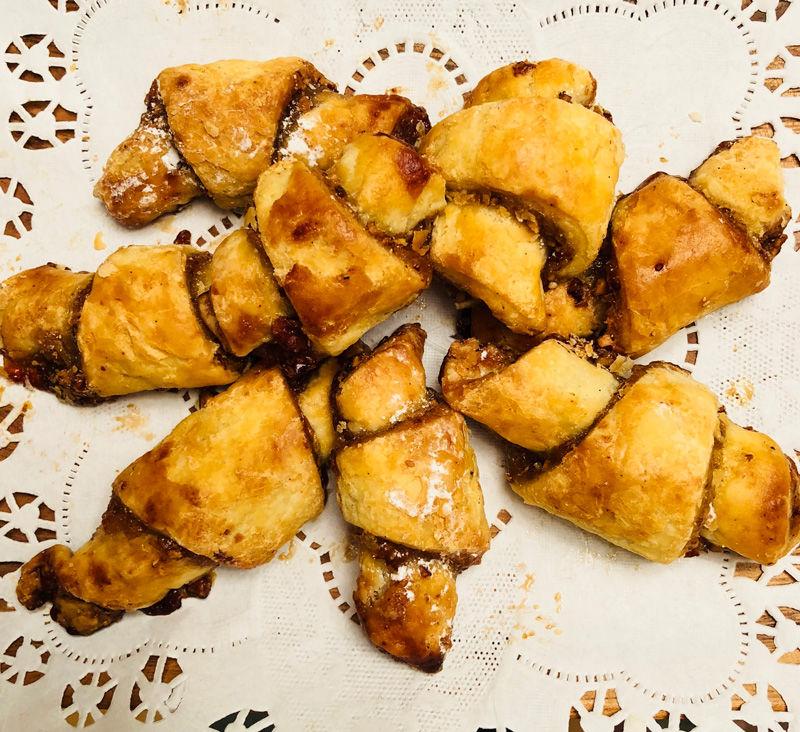Small plates for a Hanukkah celebration
Published December 14, 2017
Hanukkah is not over yet. There is still time to celebrate the courage that our ancestors displayed in their revolt against religious persecution and, of course, the miracle of that tiny crucible of oil that burned for eight days. Like me, many of you have had your fill of latkes with applesauce or sour cream and have consumed one too many sufganiyot. I suggest it’s time to try something different. Specifically, I propose a Mediterranean take on Hanukkah in the form of a delicious meze spread with Sephardic and Ashkenazi elements.
Meze are small plates — typically appetizer-sized portions that can either precede the meal or comprise the entire meal. For someone like me, who enjoys “grazing” through dinner, the promise of lots of little tastes is thrilling. To orchestrate a meze feast, you need to focus on balancing your selections, e.g., proteins, vegetables, and a starch. And since everything should be served at once, you should include one or two dishes that can be prepare a day or so in advance. This will make assembling your meze meal that much easier. Or better yet, why not engage your friends to pitch in and call it a Hanukkah Meze Potluck.
When I recently taught a Hanukkah class as part of MakomSTL: A Place for Jewish Learning at Congregation Shaare Emeth, I created a meze menu of some of my favorite foods. To honor tradition, I included potato latkes. However, my version is a latke cake, which uses far less oil. I fried two large latke cakes in ovenproof skillets for four minutes, misted the tops of the cakes with olive oil spray, and finished cooking them under a preheated broiler until golden brown and crisp. I then cut them into wedges and served them directly from the pan. You can try this method with your favorite latke recipe. And, in keeping with the Mediterranean theme, skip the applesauce in favor of a Turkish roasted red pepper and walnut sauce called muhammara. Latkes never tasted so sophisticated. My class loved them.
The menu I offer below is vegetarian. However you could always include some meat or fish. If so, I would suggest meatballs, perhaps mixed with currants and seasoned with fresh parsley, mint, cumin and za’atar, in a tangy tomato sauce. Chicken skewers are another great option—easy to eat and delicious drizzled with a garlicky tahini sauce. If you opt for fish, consider smoked salmon, smoked white fish, or pickled herring. Serve the fish with fresh herb-flecked sour cream or labne and assorted thinly-sliced fresh veggies. And rather than bagels, offer your guest slices of hearty sourdough bread as an accompaniment.
This meze menu would make a terrific spread for a New Year’s celebration as well.
Happy Hanukkah!
Mediterranean Meze Menu:
- Burnt Eggplant with Minced Garlic, Tahini, Pomegranate Molasses, Yogurt, and Green Onions
- Potato Latke Cakes with Muhammara Sauce
- Spicy Moroccan Carrot Salad
- Hummus with Roasted Cauliflower
- Toasted Pita Crisps
- Apricot and White Chocolate Rugelach
Margi Lenga Kahn is the mother of five and grandmother of five. A cooking instructor at the Kitchen Conservatory, she is working on a project to preserve the stories and recipes of heritage cooks. She welcomes your comments and suggestions at [email protected].















